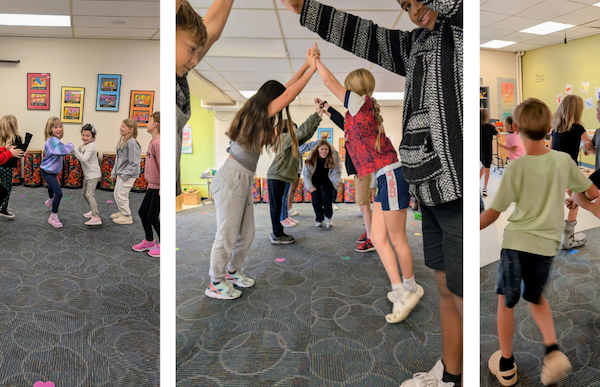
At-Home Learning for Students with LD/ADHD
March 31, 2020
I’m a Mom with ADHD, Part I: Seeking Help
April 14, 2020
Everyone agrees that learning depends on memory. You likely have heard of long-term memory and short-term memory, but what is working memory?
This term first appeared in 1974, when two English psychologists/researchers, Baddeley and Hitch, wrote a chapter titled “Working Memory” in Recent Advances in Learning and Motivation edited by G. A. Bower. Their definition of working memory may be paraphrased as a system where information is temporarily held and manipulated while performing a range of cognitive tasks, and it still applies today. Working memory is one of the Executive Functions, which help us process, use and apply information.
Working memory is at work when you tell your child to go to her room, pick up the dirty clothes, put them in the basket and take the basket to the laundry room. Some researchers call working memory the “mind’s sketchpad” or the “mind’s workspace.” Our working memory capacity is small. In the above example, to remember those steps your child might verbally rehearse the steps to herself, jot them on a Post It note or have a checklist to refer to. Children are more likely to be successful if this is a routine task that can become automatic for them. The child would have dealt with laundry numerous times, knows the steps and performs the routine every Saturday morning. Routines and processes reduce the burden on our limited working memory.
Children with learning challenges and ADHD struggle with working memory. They forget the directions or do the wrong task. Memorization of math facts can be hard. They have difficulty remembering phone numbers or the days of the week. A child may seem defiant when he fails to follow through on an instruction, but he just forgot what he was supposed to be doing. He remembered to get dressed for school, but the TV is on, and it’s Scooby Doo!
Some tips to support your child’s working memory:
- Give BRIEF directions.
- Be specific.
- Use a checklist.
- Write down the steps.
- Make the task part of a routine.

To incorporate a task into a routine, practice the process, step by step, multiple times. An arrival routine at home might be:
- Go to the kitchen put your backpack on the chair
- Go to the closet and hang up your coat.
- Go back to the kitchen and wash your hands.
- Get a snack.
Practice this routine several times on a non-school day. If one step is forgotten, you and your child can go back outside and start over. When it becomes automatic, your child does not have to deliberately think of each step, reducing the burden on working memory.
These tips are also helpful for harried adults!
Blogger Mary Ann Mulcahey, PhD, shares her expertise in assessment and diagnosis of learning disabilities and ADHD, and the social/emotional adjustment to those issues. If you have questions, please contact Mary Ann at .



